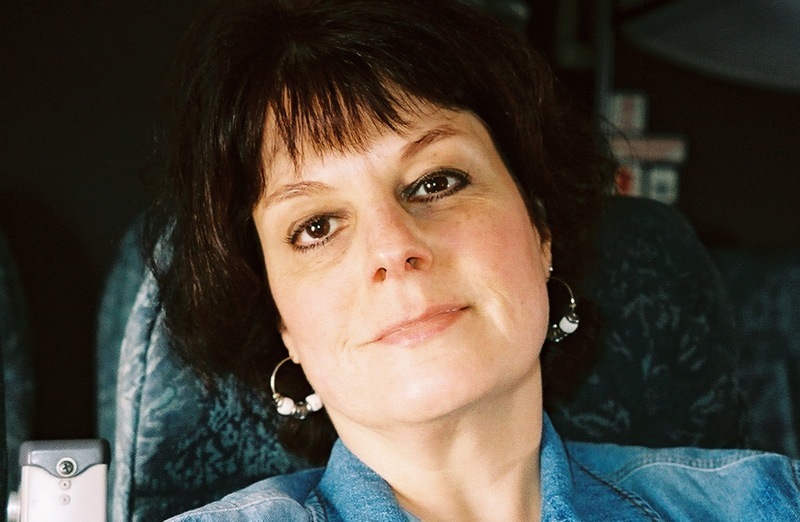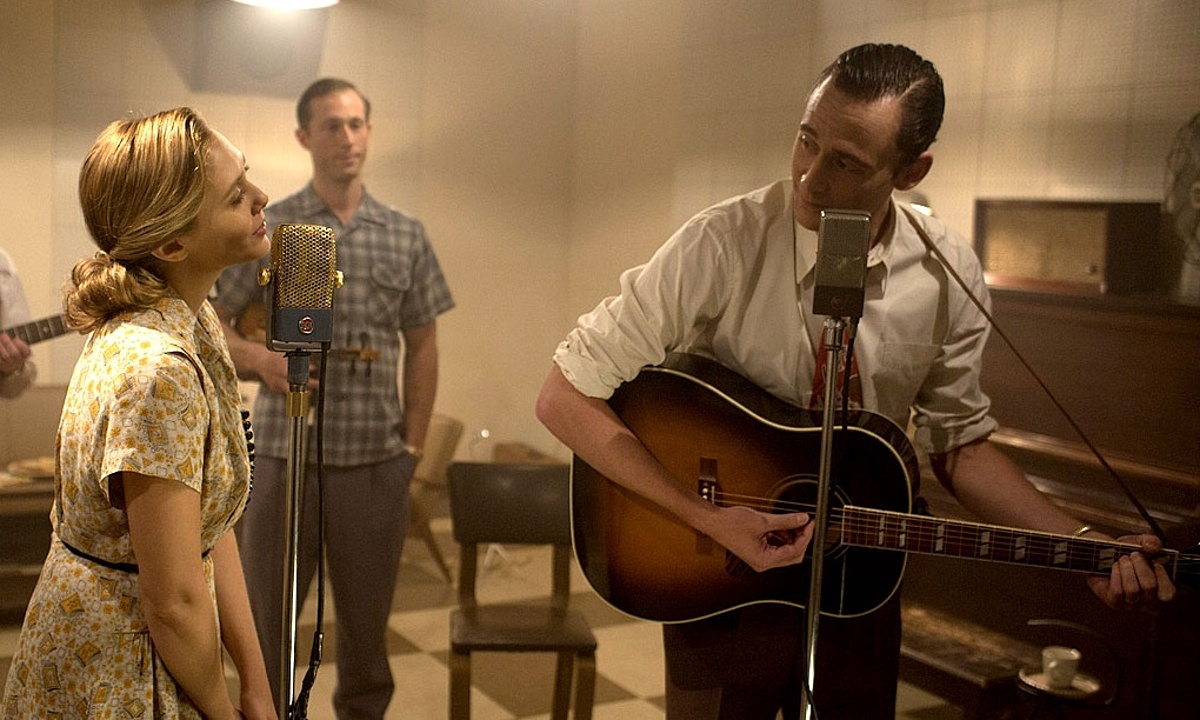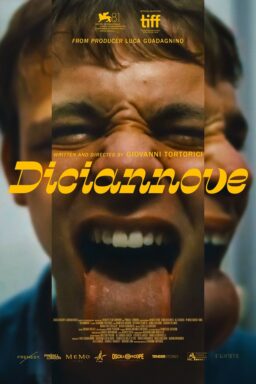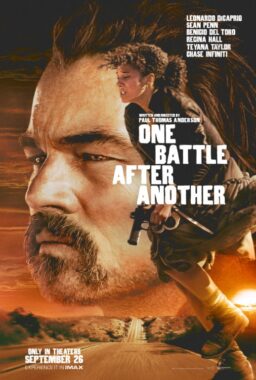When I heard that Tom Hiddleston, the British actor who continues to blossom in countless ways on-screen, was cast as country legend Hank Williams in “I Saw the Light,” I had to smile. Hey, good lookin,’ indeed. Just seeing him pull off the lanky singer’s snazzy double-breasted cowboy suits and hats would be a treat.
Then I noticed that Marc Abraham, a fairly savvy producer who has worked on such films as “The Commitments” and “Children of Men,” was to direct. That’s when some alarms went off. This man was also responsible for directing one of the dullest major-studio titles that I ever sat through at TIFF, 2008’s “Flash of Genius.” In that film, Greg Kinnear humorlessly portrays a small-time inventor who engages in an endless patent fight with brand-name automakers.
Everyone can learn from past mistakes. But Abraham seems to have doubled-down on his ham-handed storytelling techniques without a stitch of improvement. He at least got the most important piece of the showbiz puzzle right: He hired the right guy for the right part. Hiddleston is a marvel of a dead-ringer in the role, and his nuanced yodel-bedecked singing style is pretty much a perfect match for the real thing.
But Williams is a bedeviling subject. Born with a spine deformity, he endured back pain for most of his life, which led him to seek relief from copious booze and all matters of drugs. The serial carouser and mama’s boy was a terrible husband to first wife Audrey (as portrayed by Elizabeth Olsen), a feisty gal who isn’t afraid to call her out her cheatin’-hearted husband for his wayward habits. As for his mental state, even his demons had demons.
Given the dark streak that coursed through Williams’ short time on earth—he died at age 29 in 1953 from heart failure exacerbated by substance abuse—one would think those marvelous songs he wrote would be a way for us to really see the light in his life. Hiddleston duly performs the classics that the music great wrote that endure today including “Move It On Over,” “Honky Tonkin’” and “I’m So Lonesome I Could Cry.”
Some of best movies about the music industry often feature a “birth of a song” segment that encapsulates the joy of collaborative creation and just plain luck. That was certainly true of “The Buddy Holly Story” as well as Tom Hanks’ fictional “That Thing You Do.” What should have been this film’s a-ha moment is Williams’ recording of the standard that elevated him to national stardom, and convinced the Grand Ole Opry to finally grant him the privilege of joining, “Lovesick Blues.”
But even though this scene arrives around the midway point, there is none of that electricity in the air that comes from a genius fulfilling his destiny. Instead, it is develops in a rather perfunctory manner. Heck, the movie hasn’t even established his relationship with his fellow musicians very well yet.
Hiddleston alone can’t save this muddled attempt at paying tribute to one of America’s greatest songwriters and most uniquely colorful performers. Not that he doesn’t try, such as when an angered Hank refuses to bare his soul to a smug reporter (David Krumholtz) from a New York newspaper, telling him: “I write what I write, and I sing what I sing. Cause that’s what I do.”
The film unfortunately is equally opaque when it comes to revealing any of the inspiration behind Williams’ work. Instead, the focus is on the womanizing, the drinking, the careless and cruel behavior. Rather than allowing us to see the light, Abraham leaves us in the dark.












